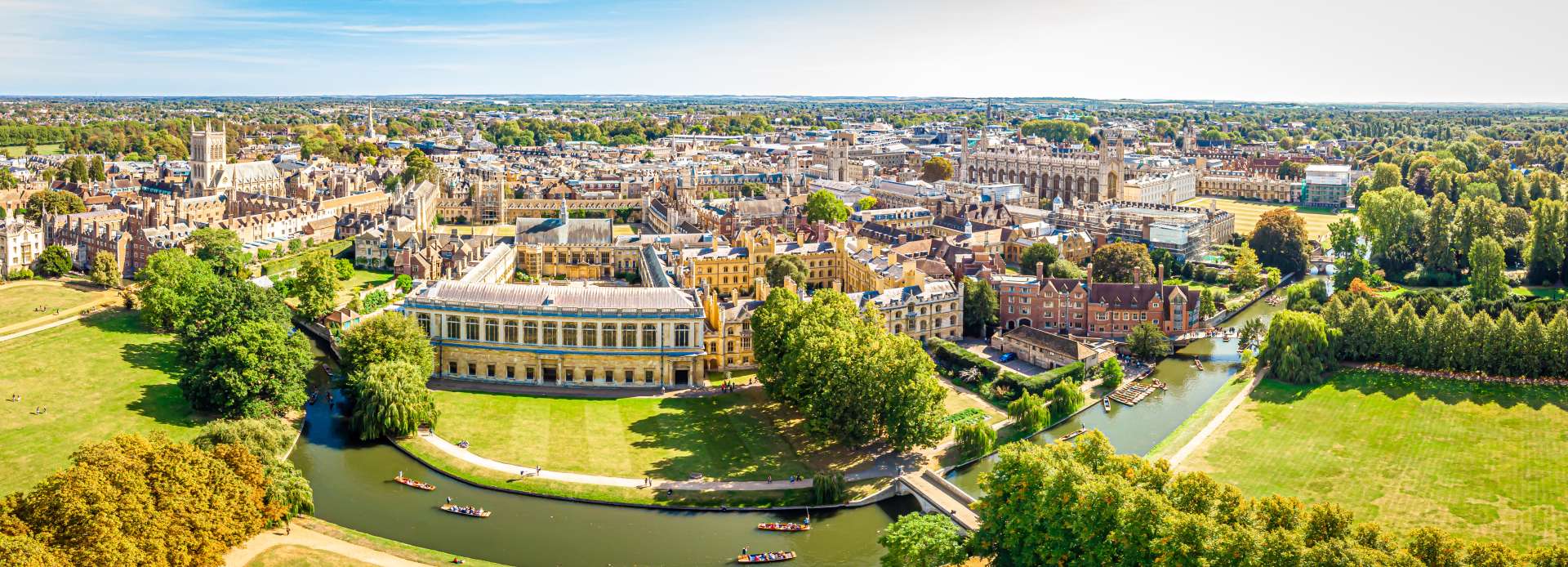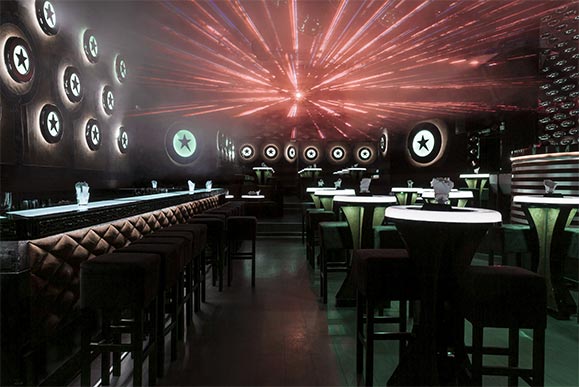
Guildhall London: Medieval Heart of the City
Discover the City of London’s Medieval Powerhouse and Hidden Gem Guildhall Yard, Gresham Street, London EC2V 5AE
Specification
Visit Guildhall London
At the heart of the City of London stands Guildhall, a remarkable survivor of medieval London and the ceremonial home of the City of London Corporation for over 800 years.
With its Gothic grandeur, ancient halls, and Roman ruins beneath, Guildhall tells the story of power, pageantry, and persistence in one of the world’s oldest continuously governed cities.
A Monument to Civic Power
The Guildhall has been the administrative and ceremonial centre of London’s civic government since the 12th century. It was where mayors and aldermen gathered to govern trade, enforce law, and celebrate royal occasions.
Built between 1411 and 1440, the Great Hall stood as a proud statement of independence — showing that the City of London had authority separate from the monarchy. Even kings recognised its importance: Henry V held victory feasts here after Agincourt, and Queen Elizabeth I was honoured with banquets beneath its roof.
The Great Hall
The Great Hall is the Guildhall’s crown jewel — one of the few medieval secular buildings to survive the Great Fire of London in 1666 and the Blitz during World War II.
Stepping inside, visitors are greeted by soaring Gothic arches, stone walls lined with marble statues, and the stained-glass crests of London’s ancient trade guilds.
The hall has hosted royal banquets, trials, and state occasions. In fact, Lady Jane Grey and Thomas More were both tried here, adding a dramatic edge to its illustrious history.
The Roman Amphitheatre Beneath
Hidden beneath Guildhall Yard lies one of London’s most extraordinary archaeological discoveries — the remains of a Roman Amphitheatre dating back to the 2nd century AD.
Unearthed in 1988, it once seated over 6,000 spectators who came to watch gladiatorial contests and public ceremonies. Today, the preserved remains can be explored through a modern exhibition that brings Roman London vividly to life with digital reconstructions and lighting effects.
Guildhall Art Gallery
Above the amphitheatre sits the Guildhall Art Gallery, home to the City of London’s art collection, which includes over 4,000 works dating from the 17th century to today.
Highlights include:
Victorian masterpieces depicting London’s history.
Paintings of St Paul’s Cathedral, Tower Bridge, and the Great Fire of London.
Sculptures and portraits of mayors, monarchs, and merchants.
The gallery’s Victorian Heritage Room and Impressionist displays reveal the city’s cultural evolution as beautifully as the architecture around it.
Architecture and Restoration
The Guildhall’s exterior combines medieval Gothic foundations with Victorian and modern restorations. The Great Hall retains its 15th-century stonework, while the Guildhall Library and Crypts showcase elegant later additions.
After severe bomb damage in 1940, restoration work carefully preserved its historic form while adapting the site for civic ceremonies and public access. Today, it continues to host Lord Mayor’s banquets, receptions, and state events — blending living tradition with heritage.
Things to Do Nearby
Guildhall sits in the historic Square Mile, surrounded by centuries of London history. Nearby attractions include:
St Paul’s Cathedral – Sir Christopher Wren’s masterpiece.
Museum of London – The city’s story from Roman times to today.
Leadenhall Market – Ornate Victorian market filled with cafés and boutiques.
Bank of England Museum – Explore Britain’s financial heritage.
The Barbican Centre – Arts, music, and performance in a Brutalist icon.
Plan Your Visit
Managed by: City of London Corporation
Entry: Free access to courtyard and Art Gallery; small charge for special exhibits.
Location: Guildhall Yard, Gresham Street, London EC2V 5AE.
Transport: Nearest stations – St Paul’s, Bank, or Moorgate.
Opening Hours:
Art Gallery: Daily 10am–5pm (Sunday from 12pm).
Roman Amphitheatre: Same as gallery hours.
Facilities: Shop, restrooms, lift access, and guided tours.
For more information, please visit Official City of London – Guildhall website
Why Visit Guildhall London?
The Guildhall London experience brings together centuries of power, culture, and civic pride. It’s a place where medieval architecture meets Roman ruins, and where London’s story is told through art, politics, and public life.
Far from being a relic, Guildhall remains the beating heart of the City’s identity — a symbol of endurance and independence that has shaped London for nearly a millennium.
Step into this timeless hall of governance — and uncover the living history of Guildhall London.





No Reviews